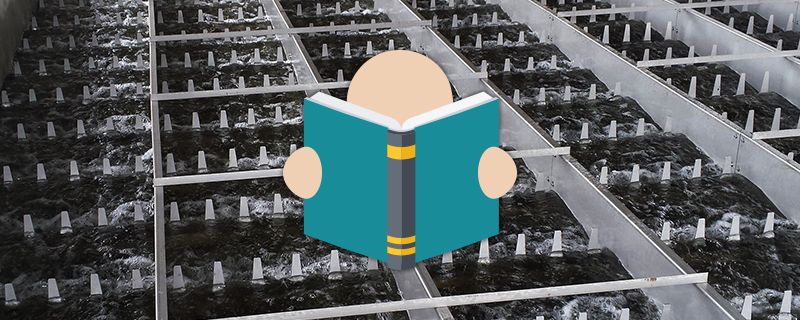In my role working with the JMS Eco-AIR (Low Profile Cascade Aerator) at wastewater treatment plants, I have the opportunity to speak with operators about the quality of processed wastewater leaving their plants. Often we discuss the Dissolved Oxygen content of the waters at the plant outfall. This is commonly referred to as DO. There are, however, another two variables that come into play as waters are discharged into receiving streams called BOD and COD.
Sorting through these different measurements that all have to do with oxygen content, or potential consumption can be difficult. Each measurement, however, represents its own unique quantitative measure of a key system variable. The dissolved oxygen content (DO) of a sample is measured in milligrams per liter, or parts per million. This measurement indicates the actual amount of free oxygen dissolved in water and is an important requirement to support aquatic life in our streams and rivers. It can also be expressed in percent saturation (which is the maximum amount of oxygen that can be dissolved in water depending on altitude and temperature).
The Difference Between BOD and COD
On the other hand, Biological Oxygen Demand (BOD) and Chemical Oxygen Demand (COD) are both measures of the amount of oxygen required to biologically or chemically breakdown the pollutants within a known amount of water. To expand a bit on each of these:
- BOD is the amount of oxygen that will be consumed by bacteria or other aerobic microorganisms while decomposing organic matter under aerobic conditions. As tested, it is expressed in milligrams of oxygen consumed per liter of sample during a fixed incubation period (5 days). It is generally used as an indicator of the amount of organic pollution in a water sample. So, the BOD in polluted waters will generally be higher than in clean water.
- COD measures the amount of oxygen that will be consumed by the chemical breakdown, or oxidation (degeneration) of organic pollutants in water. The measurement of COD is also expressed in milligrams per liter under a specific oxidizing agent, temperature and time and can be completed in hours. This measurement looks for the oxygen consumed by a specific chemical oxidation process, and is not a substitute for BOD, or DO. It also is an indicator of the amount of organic pollution in a water sample. The COD is less specific than BOD as it measures the oxygen consumption for any pollutant that can be chemically oxidized, versus BOD which is only that portion which is biodegradable.
NPDES permits for our wastewater treatment plants have specifications for all three variables, DO, BOD and COD and frequent measurements are required. Temperature, total dissolved solids and the chemical characteristics of the plant discharge are also measured and provide an indicator of the affect that discharged wastewater will have on the receiving environment.
Sam Myers joined the Jim Myers & Son’s (JMS) team in March of 2017 and is a third-generation family member of JMS. Sam currently holds the role of Regional Sales Manager and Product Manager (JMS Eco-AIR, Low Profile Cascade Aerator). Sam is a graduate of the Darla Moore School of Business at the University of South Carolina where he received a BS in Business Administration (Finance and Business Management) and is currently pursuing his Master’s in Business Administration from the McColl School of Business at Queens University of Charlotte.

